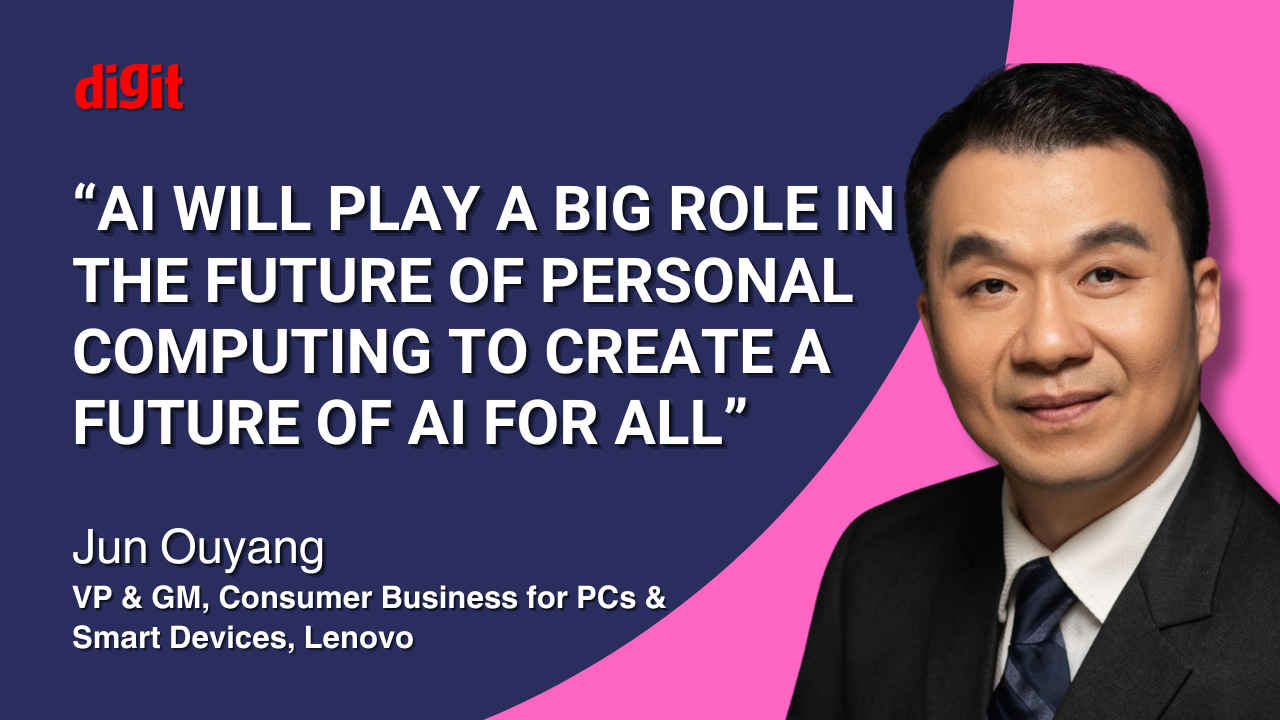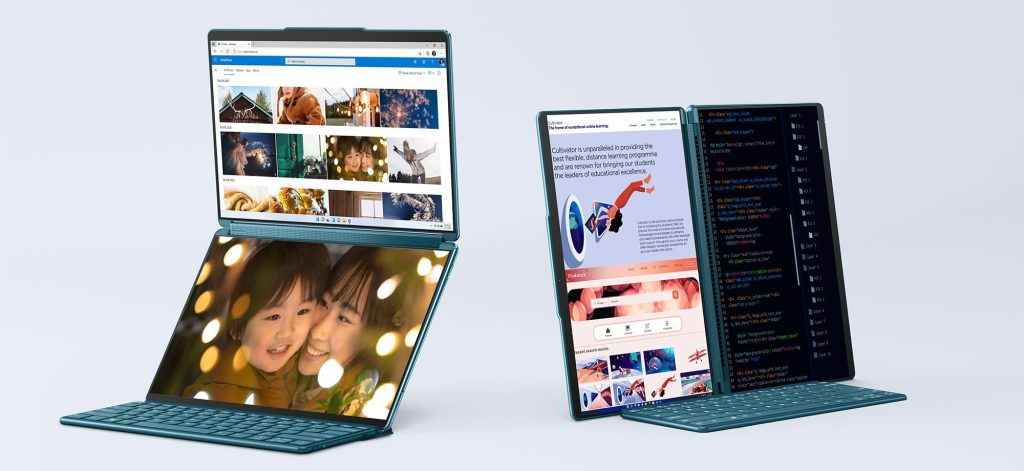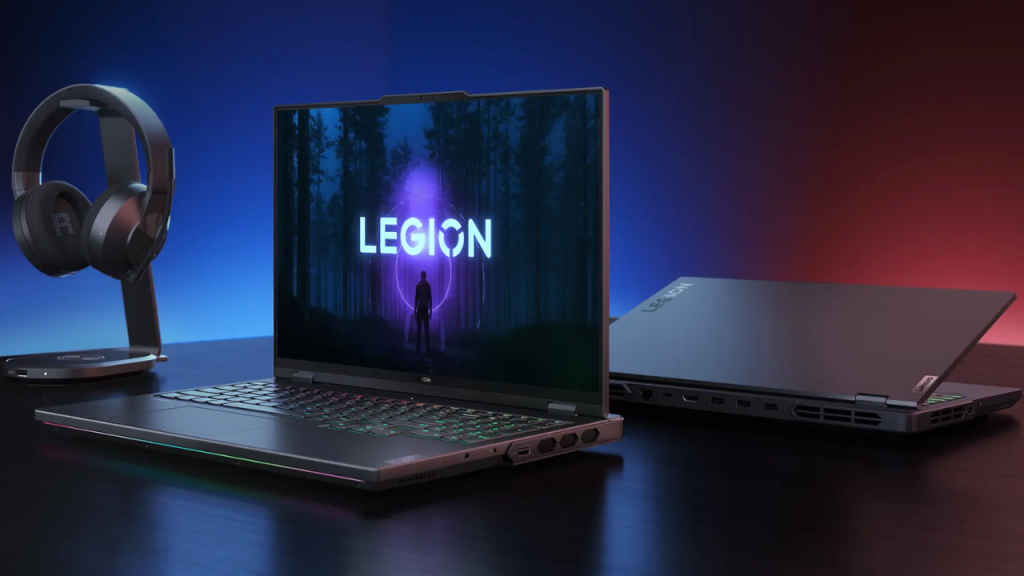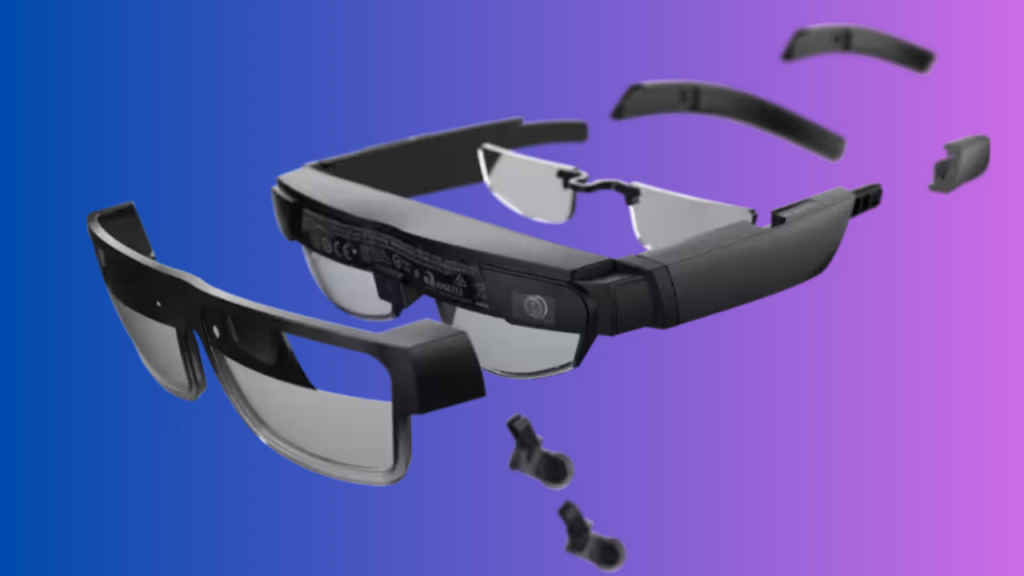The traditional PC will transform into an AI PC, says Lenovo’s Jun Ouyang

Jun Ouyang, Lenovo’s Vice President and General Manager of Consumer Business for PCs and Smart Devices, discusses the company’s outlook for 2024 and the pivotal role of AI in shaping the future of personal computing. From gaming advancements to Lenovo’s strategies for captivating gamers with its product lineup, Jun Ouyang provides insights into what lies ahead for Lenovo in 2024 and beyond.
 Survey
SurveyQ) At CES 2024, I got my hands on the latest portfolio of Lenovo’s line-up. The highlights for me were the hybrid range, particularly the ThinkBook Plus and the Yoga Book 9i. The Yoga and ThinkBook range seem to be expanding from being a pure business/thin-n-light to evolving into performance-centric laptops with larger displays, powerful processors, and creator-centric features. Can you talk about how you see these appealing to the target markets?
I personally handle Lenovo’s Consumer business segment which includes Lenovo Yoga, Lenovo IdeaPad, Lenovo Legion, and Lenovo LOQ—I’m extremely proud of my team’s collective effort in creating the Yoga Book 9i and bringing it to market. It’s devices like the Yoga Book 9i which truly embody Lenovo’s commitment to innovation. The Yoga Book 9i is the end result of our goal to make a device that transcends traditional form factors, allowing users to create, edit, and present their creations on a modular, free-form device.
Also read: Intel’s Core Ultra mobile processors are here for an AI Everywhere world
The initial idea for the concept that became the Yoga Book 9i came about in 2018 when we took a look at the creator device landscape and identified that while creative devices were often powerful, they generally followed traditional laptop/AIO/tower form factors. We wanted to create a device for creators that could act not only as a traditional laptop, but also a large-format tablet, painter’s palette, sketchpad, and easel. With the Yoga Book 9i, creative pursuits are not stymied by a given form-factor. We believe that creativity is born of artistic freedom, and the Yoga Book 9i delivers on that in spades.

While I can’t speak to the particulars of the ThinkBook Plus Gen 5 (Hybrid) as it’s not under my purview, the device is a remarkable device that offers multiple mode scenarios that deliver the best of laptop and tablet computing devices. Giving users the option to switch seamlessly between Windows and Android so they can work on both individually and even “stream” Android into Windows via Picture-in-Picture technology, along with the dedicated NPU from the Intel Core Ultra chip that powers AI solutions, are truly innovative steps in workflow optimization.
Q) Lenovo has its own AI chip and it seems to be finding a place inside more and more Lenovo laptops, not just gaming but also the Yoga series as well. The same laptops are also powered by Intel’s Core Ultra processors which have their own dedicated AI-powered NPU cores. How will the two AI computing engines work together?
In the creator space, the AI Core present on some of our Lenovo Yoga communicates with the Intel chip, providing it with more detailed information and logic instruction based on the current user scenario, which the Intel SoC—be it the CPU, NPU, etc—then executes on. The relationship between the Lenovo AI Core and Intel Core Ultra processors is more of a hand-off than an overlap.
Lenovo gaming devices equipped with Intel processors all use Intel HX processors which are more geared toward performance and do not have dedicated NPU cores, as gamers tend to preference raw power over efficiency. AI algorithm functions are accomplished by leveraging the high TGP of Lenovo gaming PC GPUs, and our Lenovo LA AI Core is there to help tune power delivery at a system level to make sure power is being routed where it needs to be depending on the task.
Lenovo Yoga devices that feature both Intel Core Ultra processors and Lenovo LA AI Core chips work on different levels to optimize efficiency.
Q) Gaming is a big draw and the growth engine for laptops globally particularly in markets like India. Lenovo has been innovating with its newer line-up of LOQ range that targets the entry-level market as well as the Legion 9 and 7 series that is made for the high-end/enthusiasts’ market. However, Lenovo is still not the leader when it comes to the Gaming laptop market in India. How do you plan to change this?
Gaming is a significant segment, constituting around 18% of the overall consumer PC market, with a notable surge from low single digits pre-COVID. The allure of gaming is not just about entertainment; it’s a high-revenue sector, particularly given the substantial Average Unit Revenue (AUR) associated with gaming products.
At Lenovo, we’re strategically positioned to capitalize on this trend. Our comprehensive portfolio includes the Lenovo LOQ range tailored for entry-level gamers, the Lenovo Legion series catering to avid gamers, and the Lenovo Legion Pro series designed for esports enthusiasts. Additionally, our flagship Legion 9i targets the high-end/enthusiast market.
Our approach goes beyond merely offering gaming laptops; we’re committed to building an ecosystem around gaming. By providing a full range of products, including PCs, laptops, and accessories, we establish ourselves as an ecosystem player, offering a holistic gaming experience to our customers.

To further solidify our position, we are leveraging market insights to enhance our offerings, building strategic business relationships with all key offline and online channel partners, and engaging with gamers effectively. Through continuous innovation, strategic partnerships, and customer-centric initiatives, we are determined to strengthen our position in the gaming laptop market in India in the very near future.
Q) Coming back to AI and Generative AI specifically, it is changing what one expects from a laptop. There are two schools of thought, Generative AI on the edge (where AI baked into the hardware and software comes in) and Generative AI services on the cloud, where a subscription model takes care of the hardware computing and also the software/interface layer. How do you see this panning out? Besides data privacy concerns, is there any other major advantage of Edge-AI in comparison to Cloud-based AI, which appears very scalable from costs and capability POV?
At Lenovo, we believe AI will play a big role in the future of personal computing to create a future of AI for all. In fact, we’ve already made significant strides in harnessing AI’s potential across Lenovo’s diverse portfolio from the pocket to the cloud, as a trusted tech partner to consumers and businesses. To meet the needs of new generative AI workloads, the traditional PC will transform itself into an AI PC, where a disruptive hybrid blend of client, edge and cloud technologies, deliver enhanced functionality, speed, creativity and immersive, realistic experiences that are personalized for you, and controlled by you – the end-user – with better security and privacy protection.
Also read: Get ready for the On-Device AI boom in 2024 and beyond
In addition to better privacy and security, bringing AI workloads from the cloud to the client (AI PC) improves performance by removing the need to go back and forth to the cloud over the network. It also lowers the cost that way, which is part of our vision to democratize smarter technology like AI for all.
Q) At CES 2024, we saw a lot of traditional tech companies get into Electric Vehicles, Digital cockpits, and related tech solutions, in a bid to conquer the rapidly evolving in-car tech space. Is Lenovo looking to move towards Auto Tech?
We are always looking to bring innovation prowess to new spaces. Our Lenovo Vehicle Computing team unveiled a Smart Cockpit, Advanced Driver Assistance Systems (ADAS), and Autonomous Systems powered by NVIDIA DRIVE Thor last year. This year at CES, we showcased multi-level autonomous driving domain controllers and solutions to improve the comfort and safety of the driving experience by applying generative AI and foundation model technology to in-car intelligence. This LLM-based smart assistant application we demoed runs independently of the vehicle, including digital human simulation and interaction, 3D question-and-answer instructional support, and intelligent accident handling guidance. Vehicle computing is certainly a space our broader team is starting in the China market first, with plans to go beyond.

Q) What are Lenovo’s plans for getting into the AR/VR/MR space? There seems to be a lot more innovation and excitement in AR/VR/MR markets, given the entry of some big brands like Apple, which are known to create new categories and markets?
While I can’t talk about future plans that are as yet unannounced, I can shed some light on Lenovo’s innovations in the enterprise XR space.
Lenovo’s ThinkReality commercial AR/VR solutions were launched with the mission – To make it easier than ever to build, deploy and manage enterprise XR solutions at scale. Lenovo ThinkReality is the only XR industry leader that Builds and offers enterprise solutions for both AR and VR. We believe they are distinct technologies with unique use case. These solutions are the ThinkReality A3 and ThinkReality VRX.
Both are enterprise solutions. When it comes to business, XR is not a game, and there is not a ‘one size fits all solution’. Porting consumer solutions to the enterprise space creates potential for security and privacy risks, as well as other issues. With ThinkReality, we are dedicated to building an open Metaverse. The dominance of proprietary hardware and software ecosystems, or ‘walled gardens’, undermines innovation for XR developers of all kinds and diminishes user value.
Soham Raninga
Soham Raninga is the Chief Editor for Digit.in. A proponent of performance > features. Soham's tryst with tech started way back in Dec 1997, when he almost destroyed his computer, trying to make the Quake II demo run at >30FPS View Full Profile